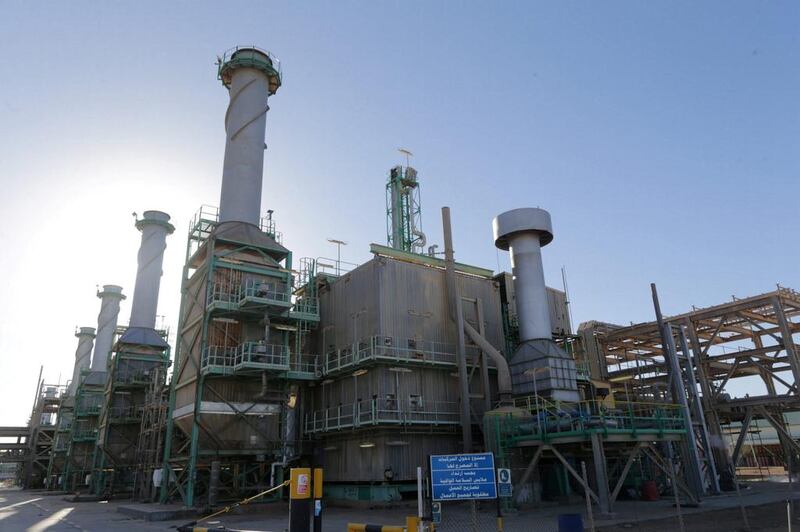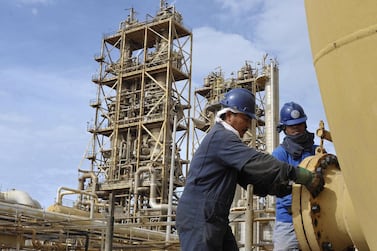Oil production in Libya, an Opec+ member and home to Africa's largest crude reserves, is expected to rise above 1 million barrels per day in the next four weeks after the country reopened its oil ports following an improvement in the security situation, according to the state energy firm.
On Friday the National Oil Corporation (NOC) said it lifted force majeure on oil exports from the eastern ports of Sidra and Ras Lanuf. Force majeure refers to an unforeseen event outside of a party's control that prevents it from fulfilling its obligations under a contract.
"The National Oil Corporation has received confirmations that the foreign forces had left the ports area which will enable it to perform its oil operations and resume exports," the company said in a statement.
The development came after the country’s warring sides signed an agreement for “a permanent ceasefire in all areas of Libya” to boost the security situation in the country, according to the United Nations Libya Mission.
Representatives from the warring parties struck a deal after holding talks in Geneva. The rival sides are set to meet next month in Tunisia to appoint a unity government that will prepare elections.
NOC said it commends the efforts exerted by local and international parties and "undertakes to hold to the non-political professional principles, continues in performing its responsibilities and duties in a completely neutral manner".
It said as production resumes from Waha and Harouge fields, output levels will reach 800,000 barrels per day during two weeks and will exceed 1 million barrels in four weeks.
Much of Libya’s oil production was affected by the civil war that led to the overthrow of long time dictator Muammar Qaddafi in 2011.
Libya produced 951,000 bpd in 2018 and about 1 million bpd 2019, with its output dwindling to a mere 156,000 bpd in September, according to Opec's monthly oil market report based on secondary sources.
"The re-entry of Libyan oil is theoretically a new bearish dynamic for global oil markets, which comes at a time when the oil demand outlook is being challenged with the number of new virus cases precipitously rising again in the US and across Europe," Ehsan Khoman, director, head of MENA research and strategy at MUFG Bank told The National.
Brent, the international benchmark for crude, was down 1.63 per cent, to trade at $41.77 per barrel when markets closed on Friday. West Texas Intermediate, the key gauge for US oil, was down 1.94 per cent at $39.85 per barrel.







